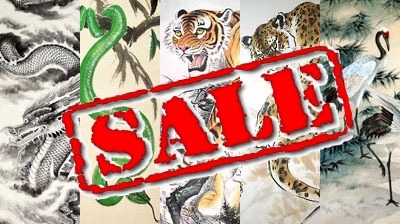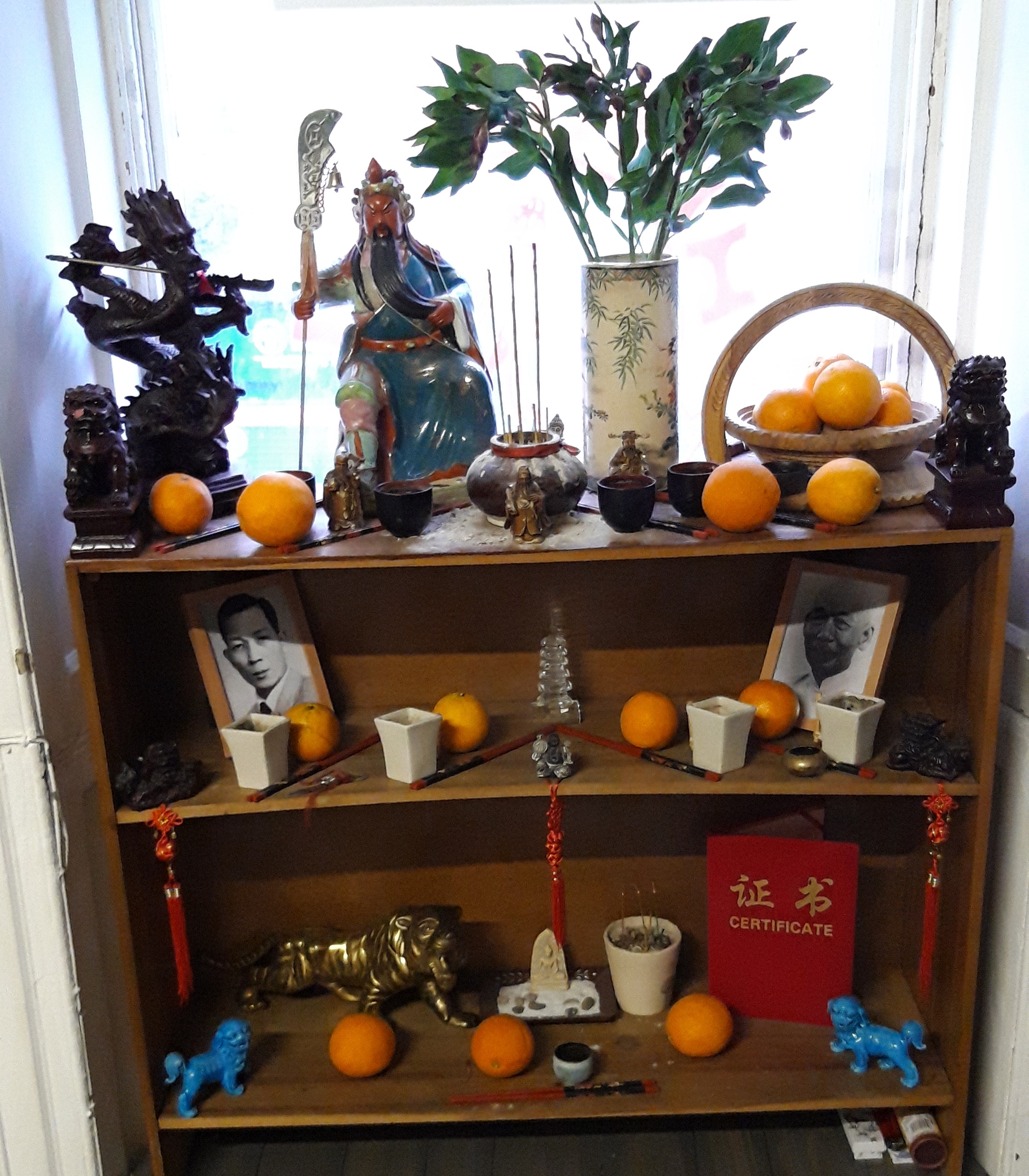
We have some awesome deals for you in our shop this week. Our students are in the final stages of prep for their gradings in only a few days time. Our Autumn Qigong Routine is still available for you to try completely free. There’s updates for classes and private tuition schedules for the week ahead. We have new uniforms for students and there’s news on upcoming qigong and kung fu seminars.
Hung
Our October promotion for £5 off a hoody and beanie has sadly ended. There are some awesome new bargains in our store though. All of our ‘Furious Five’ 5 animal t-shirts are on sale in the Fu-kit section of our website. The prices have been discounted to give you some amazing deals such as our ‘Eye of the Tiger’ design. It comes in 14 different colours and is reduced from £20.50 down to £13.99.



Or if you are a fan of winged creatures, our ‘Crane in the Rain’ design has been reduced to the same price, from £18.50 down to £13.99.



There are lots of unique, exclusive designs to choose from. Just visit the Fu-kit section to grab yours while the prices are still as low as this! They would make some great gift ideas for the martial artist in your life or a well deserved treat for yourself!
Gradings & Seminars
This week our students have been training really hard for their upcoming gradings in Peterhead. The gradings and seminars are on Tuesday the 5th of November, so only a few days left of final preparation.
Sifu Pedro Cepero Yee will be overseeing the test procedure and leading the seminars. Sifu Pedro Yee is a 9th Dan Sifu of Hung Ga. He is the eighth Senior Yup Sut (In the Room) Disciple of Master Frank Yee (Yee Chee Wai), as well as one of the first Americans to be accepted into the Yee’s Family Lineage at the New York Chinatown’s Yee Fong Toy Association and their world headquarters. At present Sifu Cepero Yee teaches and practices Hung Ga Kung Fu and Tuina as well as conducting ongoing workshops in the United States and the UK. He is also a well published author on Hung Ga Kung Fu. His article, “Hung Ga from Canton to New York”, is permanently on display at the Huang Fei Hong (Wong Fei Hung) Museum, the ancestral home of the style, in Foshan, China. He is the first non- Asian person to appear on the Cover of the Hong Kong Magazine, “New Martial Hero” (Fall 2005), in its 35 year history. He is also featured on the cover along side his Sifu in “Kung Fu Tai Chi Magazine” (May/June Issue 2006).
There will be lots of photos from the day of the gradings and seminars. Look out for our future posts to find out how everyone got on at the gradings.
Autumn Qigong Routine
If you haven’t tried it already, we highly recommend that you try our Autumn Qigong Routine that we published last week. It is a gentle, low impact, form of exercise which has a huge impact on physical and mental health & wellbeing. It is easy to follow and shouldn’t take too long to complete. Best of all, it’s completely free and won’t cost you a single penny. You don’t have to subscribe or give away any personal details. There’s a description of the exercises, a video to follow along to and a detailed description of the main benefits and theory behind the exercises. The background knowledge and theory is a great way for interested beginners to find out more about qigong and its benefits. It should also be an interesting read for more advanced practitioners who are looking to further their studies and personal development with qigong.
If you’ve already tied out our routine, or perhaps you’ve practiced it every day, we would really love to hear your feedback. Have you noticed any benefits? Did you enjoy the experience? Did you adapt the routine? You can email us your thoughts or leave your feedback in the comments section of our posts or on the YouTube video.
Classes
If you are interested in learning more about qigong or kung fu. You can book a timeslot that suits you on our homepage, Facebook or Instagram pages. This week we have availability all day on Monday 4th November, as well as in the evenings on the other available days. Just check the calendar for specific times on certain days. Private tuition is a fantastic way to improve on your qigong & kung fu practice; whether it is learning new form, theory, meditation or a mix of everything.

Please note that due to gradings and seminars in Peterhead, there will be no public classes or private tuition on Tuesday 5th November.
Uniforms
We have new uniforms for kids. Please contact Sifu Hepple with your sizes. These will replace the black t-shirts for kids that are currently available on the website shop.

Our new uniform shirts are also available to purchase on the Fu-kit section of our website under the uniform menu. They can also be purchased, in the school, from Sifu Hepple.
Forthcoming seminars & Workshops
We will be releasing details of two practical seminar workshops taking place at Yee’s Hung Ga in Inverness. These will be open to the public as well as Yee’s students. They will be an exciting opportunity to learn the theory and practical application of the five elements. One workshop will be based on qigong and the other on kung fu applications. To avoid missing out on these exciting opportunities, make sure you enter your email below.









